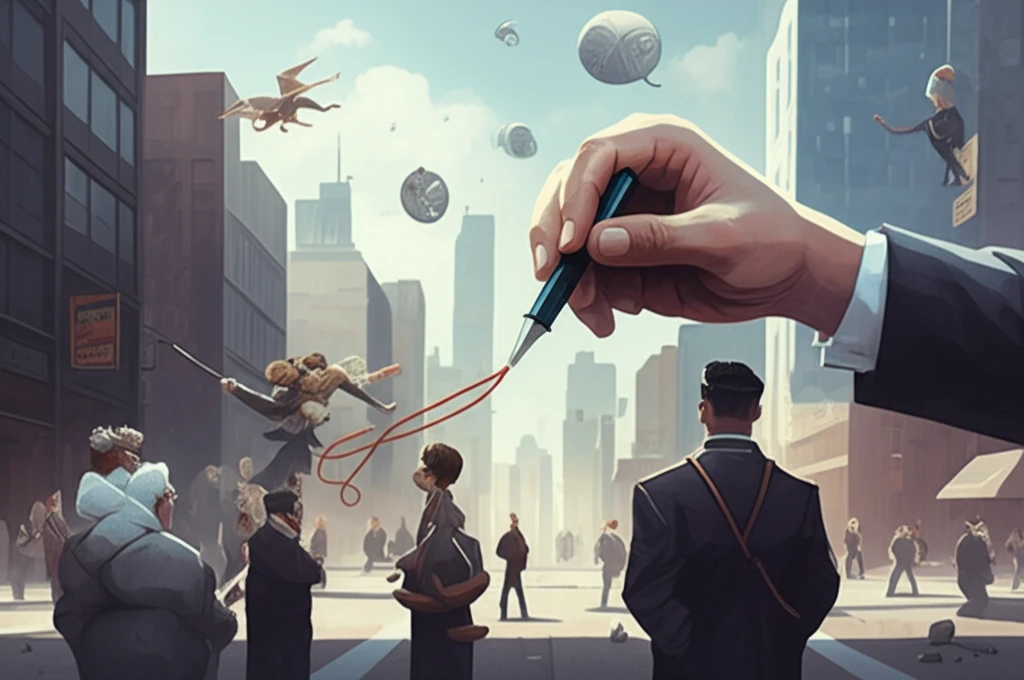
Decoding Political Cartoons: How Satire Shapes Our Views
"Uncover the layered meanings behind political cartoons and their surprising influence on public opinion and cultural narratives."
Political cartoons are more than just funny drawings; they are potent forms of social and political commentary. Combining artistry with satire, these cartoons distill complex issues into easily digestible visual narratives, capable of swaying public opinion and shaping cultural discourse. From newspapers to digital platforms, their reach is extensive, making them a significant force in modern media.
Throughout history, political cartoons have played a pivotal role in reflecting and influencing societal attitudes. Whether lampooning political figures, critiquing policies, or highlighting social injustices, these cartoons offer a unique lens through which to view the world. Their impact lies in their ability to cut through the noise and present a clear, often humorous, perspective on pressing issues.
This article delves into the world of political cartoons, exploring their historical significance, analyzing their persuasive techniques, and examining their lasting impact on public perception. By understanding how these cartoons operate, we can become more critical consumers of media and better appreciate the subtle yet powerful ways in which our opinions are shaped.
The Art of Persuasion: How Cartoons Shape Opinions

Political cartoons are masters of persuasion, employing a range of techniques to influence viewers. Caricature, exaggeration, and symbolism are common tools used to amplify certain traits or aspects of a subject, often to comedic or critical effect. These visual cues can create immediate emotional responses, bypassing rational thought and directly influencing opinion. For example, a politician might be drawn with exaggerated features to highlight perceived flaws or weaknesses.
- Caricature: Exaggerating physical features to emphasize traits.
- Symbolism: Using objects or figures to represent abstract ideas.
- Irony: Employing humor to highlight contradictions or absurdities.
- Stereotypes: Relying on oversimplified representations of groups.
The Enduring Legacy of Political Cartoons
Political cartoons remain a vital form of expression, offering a unique blend of art, humor, and social critique. As visual narratives, they have the power to shape our perceptions, influence public opinion, and spark important conversations. By understanding the techniques and messages embedded within these cartoons, we can become more informed and engaged citizens, better equipped to navigate the complexities of the modern media landscape. In a world saturated with information, the ability to critically analyze and interpret visual messages is more important than ever.
